Have you ever used an app so intuitive it felt like it could read your mind and knew exactly how to help you achieve your goal? Or have you visited a website that was so visually appealing you couldn’t look away? Behind these seamless experiences lies the work of a product designer.
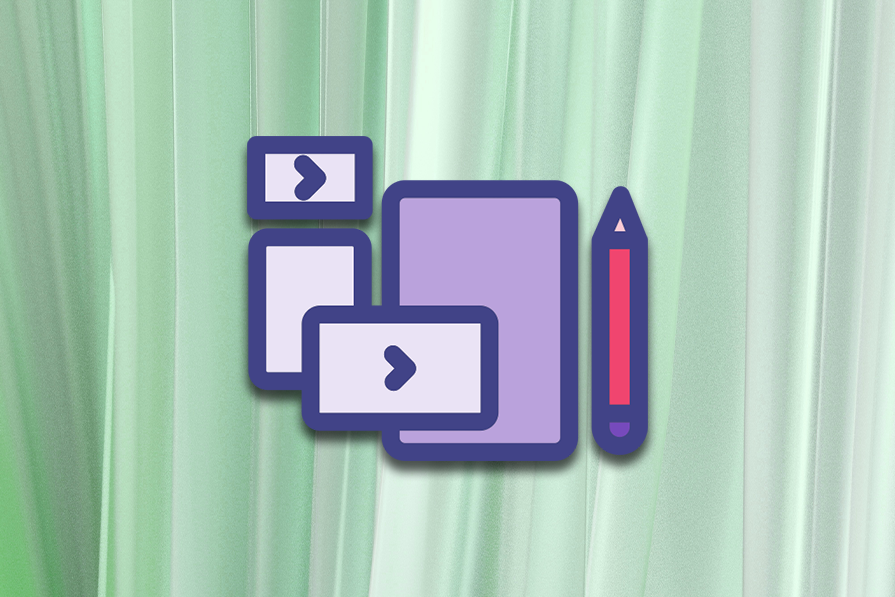
Product designers are creatives who bridge the gap between user needs, business goals, and technological possibilities. Their job is to translate complex ideas into user-friendly interfaces so that products are not just functional, but also enjoyable and easy to use.
Let’s take a deeper look at the role of a product designer, discussing everything from the essential skills you need to the diverse career paths you can take. If you’re an aspiring designer or simply curious, this article will equip you with the knowledge you need to navigate this field.
Think of a product designer as the architect of a user’s experience with a digital product. They typically work hand-in-hand with product managers and engineers to decide what a product will look like, how it will behave, and the steps a user will take to achieve their goals.
The scope of a product designer can be quite broad, but there are four main responsibilities of a product designer: user research, UI/UX design, prototyping, and collaborating on or facilitating design thinking. Let’s get into these responsibilities in more detail.
Product designers need to understand user needs and pain points to design effective, enjoyable products. You can do user research through methods like interviews, surveys, and usability testing. The goal is to scope out:
User research allows product designers to see from the user’s perspective and figure out how to address user needs in a way that aligns with their behaviors and improves on what’s already out there.
When thinking about product design, it’s important to consider how to make user interactions with the product smooth, intuitive, and enjoyable. That’s where UI and UX design come into play.
Part of a product designer’s responsibilities are to design the user interface (UI), i.e. the visual elements users interact with, as well as the user experience (UX), which refers to the overall flow and feel of using the product.
Here’s an example of how you might think about a product’s UX design using a user flow diagram:
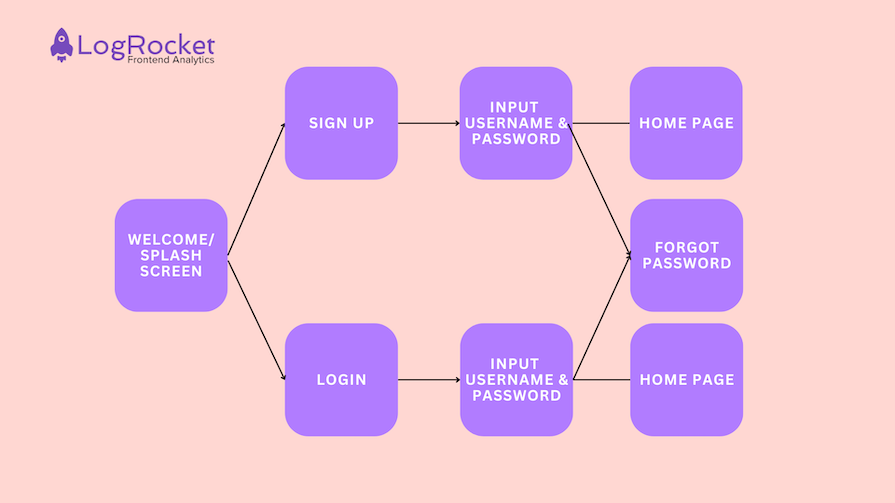
Prototyping involves creating interactive mockups and using them to test and refine design ideas before full development. This allows businesses to validate a product designer’s ideas and rapidly iterate on solution concepts before committing to expensive development efforts.
Product designers work closely with developers, engineers, product managers, user researchers, data analysts, and other stakeholders to bring their designs to life. They act as facilitators during design thinking sessions, guiding their cross-functional teammates through brainstorming exercises, user research analysis, and solution development.
Taking this collaborative approach helps you consider all perspectives during the product design process, leading to well-rounded product solutions that meet both user needs and business goals within technical possibilities and constraints.
Product design is a broad field. However, you can choose to specialize in a number of ways, including:
It’s also important to keep product management concepts in mind throughout the product design process. For example, UX, UI, interaction, and visual designers need to make design decisions that are in line with business goals, while design researchers and accessibility specialists should deeply understand market needs.
What skills do you need to be a product designer? Through practice and experience, you’ll need to develop a combination of hard skills and soft skills.
Hard skills could include:
While soft skills encompass:
Product design can be a highly rewarding field, but it’s not for everyone. Before you take the leap, you should consider if your personality and interests align with the role. Let’s look at some of the traits that help a great product designer thrive:
Take this self-assessment exercise to see if product design aligns with your interests:
If you answered yes to most of these questions, then product design might be a perfect fit for your personality! The good news is, even if you don’t have a design background, there are plenty of learning resources and alternative paths to becoming a product designer.
There are two main paths to break into product design:
Here are some programs you can explore if you’re taking an alternative path to a career in product design:
Product design is a special role that offers a unique blend of creativity, problem-solving, and impact. It’s a career path that allows you to:
Product design offers a variety of career paths to explore. You may even have the chance to encounter related or “diagonal” careers throughout your journey, allowing you to develop your specific interests and skills:
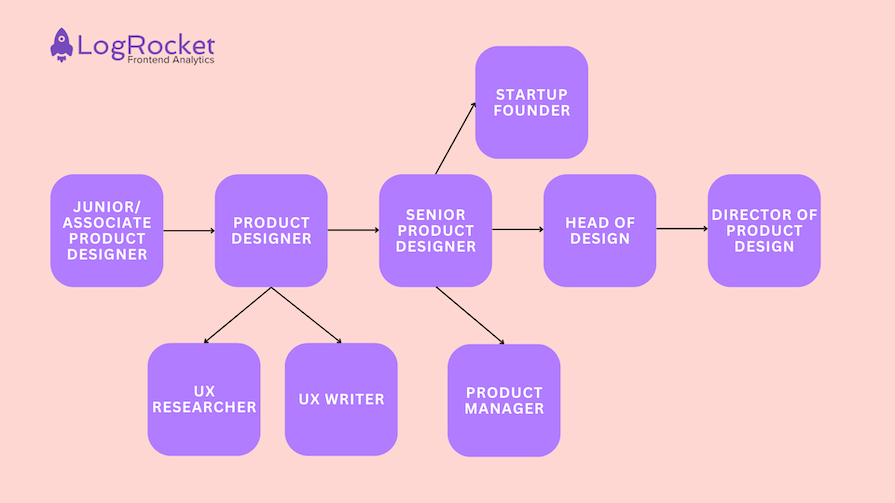
Let’s go over what your traditional professional career path may look like in more detail.
At the start of your career, you’ll focus on gaining experience through assisting senior designers, contributing to various projects, and honing your design skills. You might start out as a Product Design Intern; otherwise, you’ll likely be a Junior or Associate Product Designer.
Then, as a Product Designer with a strong design portfolio and refined skills, you’ll take ownership of projects, leading user research, designing interfaces, and collaborating with cross-functional teams.
As you progress in your career to the role of a Senior Product Designer, you’ll mentor junior designers, provide design direction, and ensure design consistency across projects.
This is a good place in your career to hone your understanding of how product design fits into the larger picture. Think about product strategy and business goals to set yourself up to become a leader in the field.
As a design leader, you could be a Product Design Lead or Head of Design. In these senior leadership roles you’ll set the design vision, manage resources, and ensure alignment with business goals.
At the executive level, your title will likely be Director of Product Design or VP of Design. You’ll oversee the entire design strategy, fostering innovation and advocating for user-centric design across the organization.
Your product design expertise can also open doors to other fulfilling career specializations, such as:
Consider what you’re best at as well as what you most enjoy doing to further refine your career path.
You may have noticed that product design overlaps with both UX/UI design as well as product management. Given their similar names, the roles of product designer and product manager are often confused. While both roles are crucial for product success, there are key differences in:
Yes, definitely. The skills developed in product design can provide a strong foundation for transitioning to product management.
However, you will take on additional responsibilities that bridge the gap, like market analysis or competitive analysis, and this can demonstrate your well-roundedness. As you gain more experience, you can also earn certifications in product management to further strengthen your expertise.
If you’re passionate about creating intuitive solutions, tackling challenges head-on, and leaving your mark on the digital world, then product design might be the perfect career path for you. However, we’ve seen that becoming a product designer isn’t just about mastering the design tools.
You’ll need to cultivate a curious mind that constantly asks “why” and a relentless drive to understand user needs. You’ll learn to embrace challenges as opportunities to innovate and solve complex problems. You’ll constantly advocate for your users, putting yourself in their shoes to design experiences that feel effortless and intuitive.
The good news is that there are resources and opportunities galore. You can start by exploring online courses, attending design workshops, or even building a personal design portfolio to showcase your skills.

LogRocket identifies friction points in the user experience so you can make informed decisions about product and design changes that must happen to hit your goals.
With LogRocket, you can understand the scope of the issues affecting your product and prioritize the changes that need to be made. LogRocket simplifies workflows by allowing Engineering, Product, UX, and Design teams to work from the same data as you, eliminating any confusion about what needs to be done.
Get your teams on the same page — try LogRocket today.

Learn why slide decks slow teams down and explore better tools like whiteboards, PRDs, and prototypes to improve collaboration and alignment.
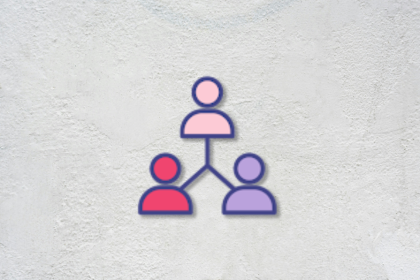
AI PM roles are evolving fast. Learn the five types of AI PMs, the skills they need, and how they shape AI products across industries.
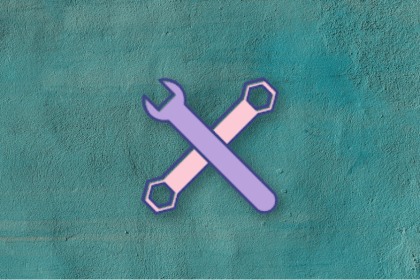
Learn how you can use AI agents to automate workflows, boost productivity, and choose the right tools while avoiding common pitfalls.
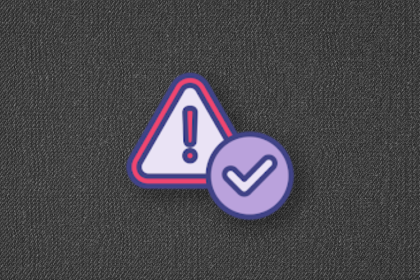
Move fast, but not recklessly. Learn how to run ethical product experiments that protect users, build trust, and maintain speed.